

Occupational Therapy Service for Children and Young People
Brushing Teeth
There may be many different reasons for a child’s dislike or avoidance of tooth brushing. The child may be experiencing some oral defensiveness.
Hypo-responsive children are those who can’t sense/feel what is happening inside their mouth and this sometimes results in the child over stuffing their mouth or drooling excessively. They tend to develop a lot of anxiety with anything to do with their mouth.
Hyper-responsive children are extra aware of the sensations in their mouth and this can result in them being picky with foods, having problems with food textures and refusing to brush their teeth. Oral sensations can often be perceived as being painful to the child.
The child may also struggle with the additional sensory demands placed on them in the bathroom while teeth brushing: temperature, lighting, colour, clutter, smells, background noise of extractor fans, flooring texture on their feet etc.
When considering the best tools/materials and techniques to use with your child it is recommended that you consultant your child’s dentist.
This information is a general guide to supporting your child’s oral hygiene, but if your child has ongoing problems with their dental care, please contact your child’s dentist for advice.
General Tips
It is recommended that all children brush their teeth twice each day; in the morning and at night. Have set times that your child brushes their teeth so that it becomes a set part of their morning and evening routine, for example: bath, pyjamas, brush teeth, story and bed.
It is recommended that children receive assistance to brush their teeth until at least the age of seven when they have developed the coordination required to reach all their teeth. Encourage your younger child to have a go at brushing their teeth first before you take over. Children with additional support needs may need assistance beyond the age of 7.
Environment
• Keep the bathroom area clutter free.
• Store tooth brushing tools and materials in areas that are accessible for the child.
• Consider the level of lighting in the room – is it too bright, or too dark?
• Does the child need a mat to stand on if they are sensitive to the flooring material?
• Do they need a raised platform to stand on to reach the sink more easily?
• Do they need a little chair to sit on to feel more balanced and safer?
Chief Executive: Colin Scales
Headquarters: Europa Point, Europa Boulevard, Warrington, Cheshire, WA5 7TY


• Use a mirror - this might help the child feel more in control. Visually being able to see what they are doing can help reduce stress and anxiety.
• Try tooth brushing in a different location if they are struggling to be in the bathroom. Look for a space where they feel comfortable such as their bedroom or sitting in their favourite chair.
Motivation
Use a reward chart. If your child brushes their teeth twice a day for a week, they get a small reward at the end. Use a chart to keep a record, put a tick/sticker on the chart each time they brush their teeth.
Timing
• Set a timer. Grab the egg timer out of the kitchen or use your phone timer and set it for two minutes. Then have your child brush until it ‘dings’ .
• Sing a short and upbeat song throughout brushing. When the song is over, the tooth brushing ends.
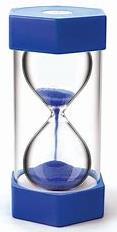
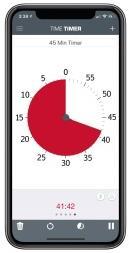
• Give definite time limits to the task e.g. let’s count down from 10. When we get to zero, the brushing is finished.
Sequence – some children can have difficulty with knowing the steps of the task.
• Establish a clear routine for when the child needs to brush e.g. before bedtime, after breakfast.
• Ensure the child knows the tooth brushing process/sequence.
• Provide the child with a visual schedule or use visual cards. These are pictures of the steps to brushing your teeth which your child can follow to reduce how many prompts you need to give them and increase their independence. Visual cards can be requested from Occupational Therapy if you need these.
• Read books with the child about brushing teeth.
• Make it a family affair. Brush your teeth alongside your child, and they're likely to mimic your teeth brushing habits!
Toothpaste
• Start without toothpaste initially until they get used to the sensation of the tooth brush in their mouth and the technique of brushing.
• Introduce toothpaste to the brush in small amounts initially; building up to the full amount needed to clean teeth effectively.
• Toothpaste that foams a lot can be an issue for some children, so choose a brand carefully.
• Try changing their current brand of toothpaste to a flavour they enjoy. (Some children don’t like the taste of peppermint and describe it as being ‘painful’ or ‘like a burning sensation’).
• If other flavours are not tolerated, try a flavourless/non-foaming toothpaste e.g. OraNurse 0-3 or OraNurse original.
Chief Executive: Colin Scales
Headquarters: Europa Point, Europa Boulevard, Warrington, Cheshire, WA5 7TY
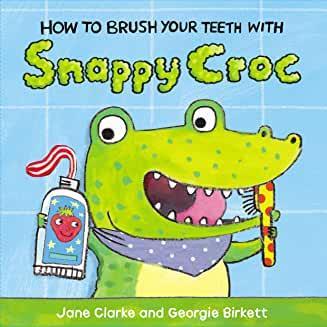
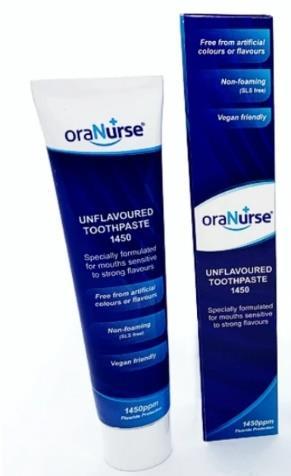


Toothbrush
• Consider the tooth brush bristles and how these may affect the child’s responses.
• Begin with a finger toothbrush so they feel more in control.
• Try with a softer brush or silicone bristles (seek advice from your dental practitioner).
• A baby toothbrush could be a useful transitional tool to help the child transition to a regular toothbrush.
• Consider using a three-sided toothbrush as this cleans faster and gets all 3 sides of teeth done with just one brushing stroke.
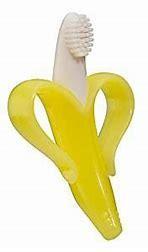
• The child may cope better if they use an electric versus a manual toothbrush. Feeling the vibrations may create a more tolerable and enjoyable experience (usually more effective with under-responsive or sensory seeking children).
• Try the child with a toothbrush that sings and/or lights up.
• Also consider if the child prefers to have the toothbrush wet first or not and if so, what temperature of water do they prefer?
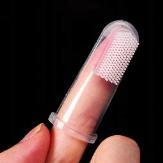
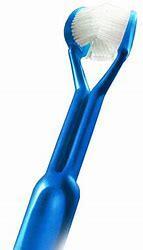
• Allow the child to hold the toothbrush while you gently guide his/her hand, as tolerated.
Advice for children who are sensitive to sensory information:
Some children can really struggle with brushing their teeth and can find it distressing. These activities are some activities to try which may help prepare your child for the task and help to calm their nervous system. A lot of the activities provide deep pressure to the body which is calming.
• Use a warm or soft face cloth to massage / rub your child’s mouth, cheeks, and jaw line before you start brushing.
• Wrap your child firmly in a towel or blanket and give them a big bear hug or shoulder rub.
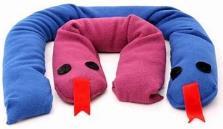
• Try using a weighted blanket/shoulder snake around the child’s shoulders to help calm as they brush and for a short period afterwards.
• Try using ear defenders, noise cancelling headphones or ear buds if they dislike the sound of brushing or the electric toothbrush.
• Wearing compression clothing or tight under-armour clothing may help calm the child during the brushing process.
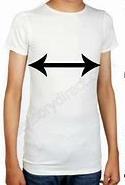
• Allow the child to sit in a chair while they brush their teeth, with their feet flat on the floor and sitting back into the chair. This can feel more grounding if the child is anxious.
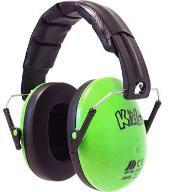
• Use distraction and motivators: Give your child a fidget toy to squeeze during the task. Keep the fidget toy only for teeth brushing.
Please note: these are just activity suggestions for you to try with your child. Do not use any activities which you think would be harmful to your child.
Chief Executive: Colin Scales
Headquarters: Europa Point, Europa Boulevard, Warrington, Cheshire, WA5 7TY

